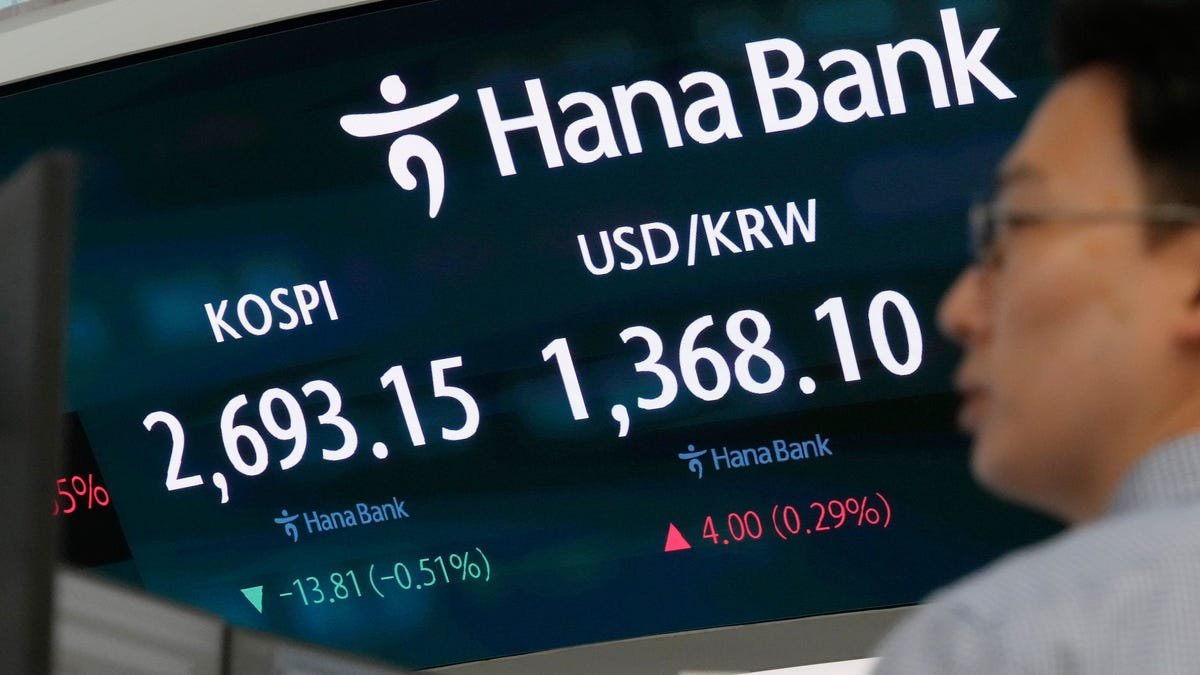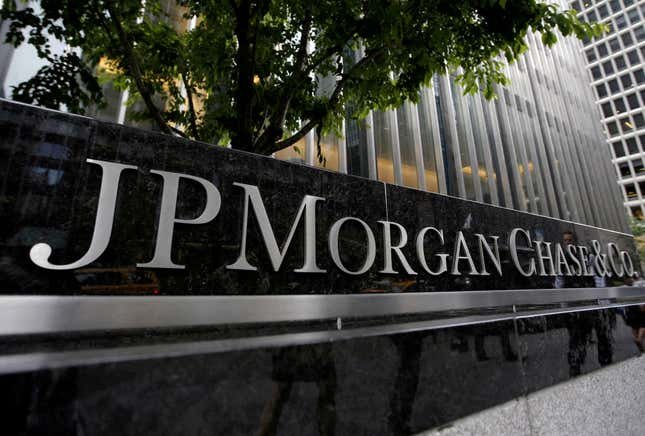HONG KONG (AP) — Asia stocks were mostly lower on Friday after gains for Big Tech shares helped U.S. stock indexes claw back much of their slide from the day before.
Video Player
U.S. futures and oil prices were higher.
In Tokyo, the Nikkei 225 index was up 0.4% at 39,609.60, with the dollar standing at 153.23 Japanese yen, slightly lower than the 34-year high of 153.32 yen it reached on Wednesday.
Hong Kong’s Hang Seng index declined 1.7% to 16,826.98 and the Shanghai Composite index edged 0.1% lower, to 3,032.22. China’s trade data for March will be released later in the day.
“The resilience of Asian equities is noteworthy, especially considering the stronger U.S. dollar and China’s ongoing deflationary challenges,” Stephen Innes, managing partner at SPI Asset Management, said in a commentary.
South Korea’s Kospi shed 0.7% to 2,686.89 after the Bank of Korea held its benchmark rate unchanged at 3.50%.
Australia’s S&P/ASX 200 lost 0.3% to 7,786.70.
On Thursday, the S&P 500 rose 0.7% to 5,199.06 and recovered most of its prior loss, caused by worries that interest rates may stay high for a while. The Nasdaq composite charged up by 1.7% to a record 16,442.20. The Dow Jones Industrial Average, which has less of an emphasis on tech, was the laggard. It slipped less than 0.1% to 38,459.08.
Apple was the strongest force pushing the market upward, and it climbed 4.3% to trim its loss for the year so far. Nvidia was close behind, as it keeps riding a frenzy around artificial-intelligence technology. The chip company rose 4.1% to take its gain for the year to 83%. Amazon added 1.7% and set a record after topping its prior high set in 2021.
It’s a return to last year’s form, when a handful of Big Tech stocks was responsible for the majority of the market’s gains. This year, the gains had been spreading out. That is, until worries about stubbornly high inflation sent a chill through financial markets.
In the bond market, which has been driving much of Wall Street’s action, Treasury yields held relatively steady following a mixed batch of data on inflation and the U.S. economy.
When or whether the Federal Reserve will deliver the cuts to interest rates that traders are craving has been one of the main questions dominating Wall Street. After coming into the year forecasting at least six cuts to rates, traders have since drastically scaled back their expectations. A string of hotter – than – expected -reports on inflation and the economy has raised fears that last year’s progress on inflation has stalled. Many traders are now expecting just two cuts in 2024, with some discussing the possibility of zero.
A report on Thursday showed inflation at the wholesale level was a touch lower last month than economists expected. That’s encouraging, but the data also showed underlying trends for inflation were closer to forecasts or just above. Those numbers strip out the effects of fuel and some other prices that are notoriously jumpy, and economists say they can give a better idea of where inflation is heading.
A separate report said fewer U.S. workers applied for unemployment benefits last week. It’s the latest signal that the job market remains remarkably solid despite high interest rates.
In the bond market, the yield on the 10-year Treasury rose to 4.57% from 4.55% late Wednesday.
Benchmark U.S. crude added 73 cents to $85.75 a barrel in electronic trading on the New York Mercantile Exchange. Brent crude, the international standards, was 68 cents higher to $90.42 a barrel.
In currency trading, the euro cost $1.0717, down from $1.0731.



